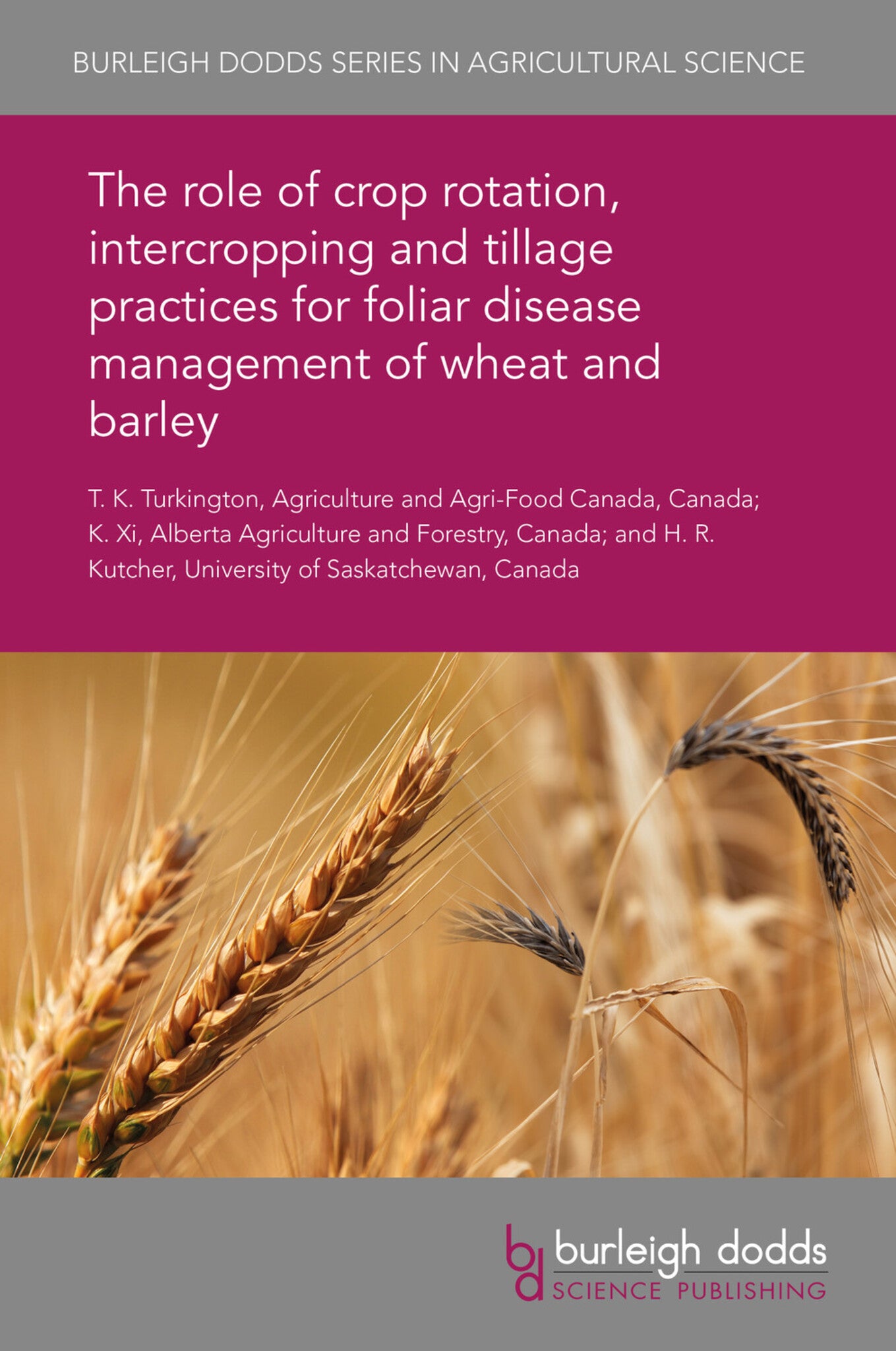We're sorry. An error has occurred
Please cancel or retry.
The role of crop rotation, intercropping and tillage practices for foliar disease management of wheat and barley

Some error occured while loading the Quick View. Please close the Quick View and try reloading the page.
Couldn't load pickup availability
- Format:
-
22 October 2018


TECHNOLOGY & ENGINEERING / Agriculture / Sustainable Agriculture, Agronomy and crop production, TECHNOLOGY & ENGINEERING / Agriculture / Agronomy / Crop Science, TECHNOLOGY & ENGINEERING / Pest Control, Botany and plant sciences, Sustainable agriculture, Pest control / plant diseases

1 Introduction 2 Increasing temporal diversity: crop rotation 3 Increasing spatial diversity: intercropping 4 Increasing genetic diversity: gene deployment 5 The role of conservation tillage 6 Conclusions and future trends 7 Where to look for further information 8 References



